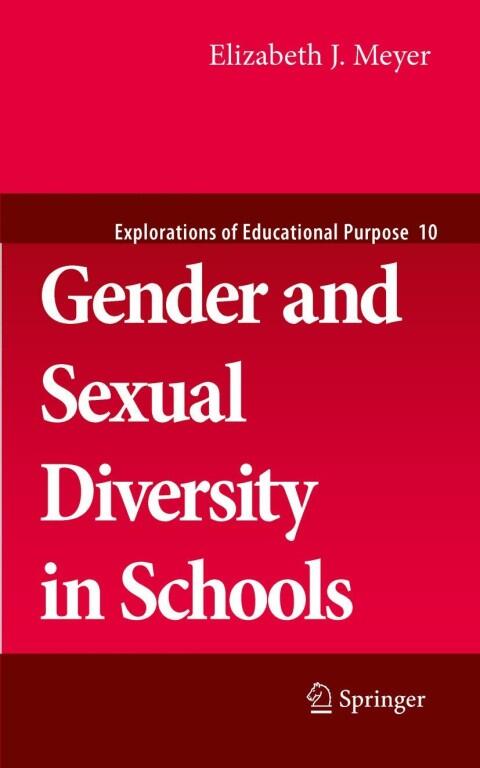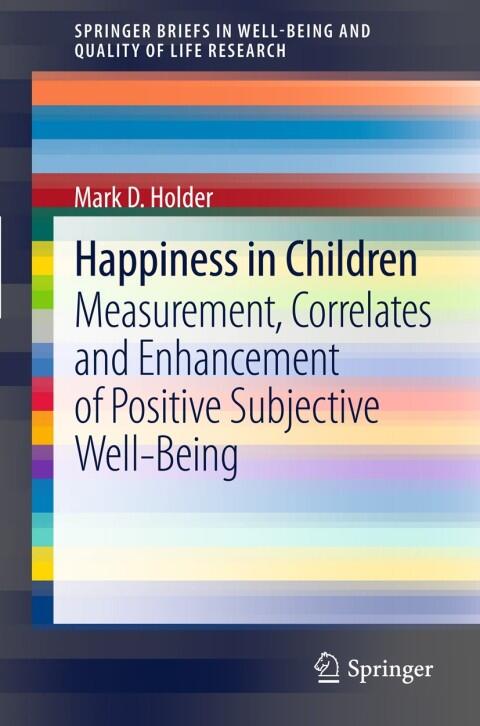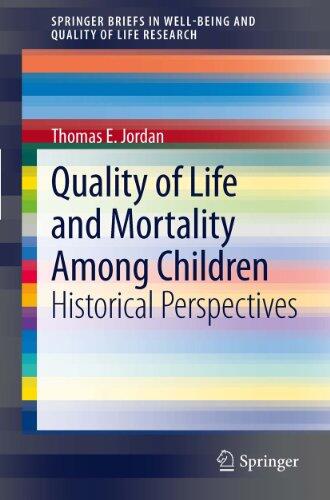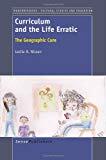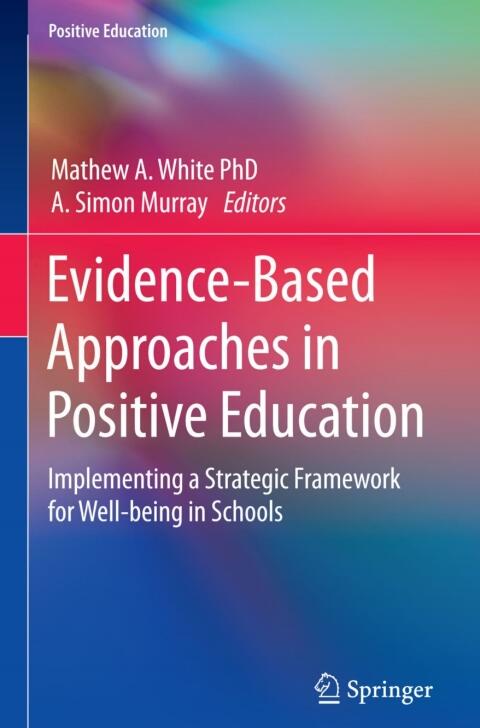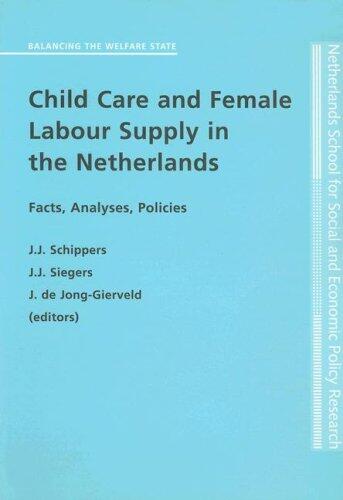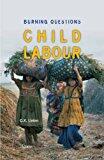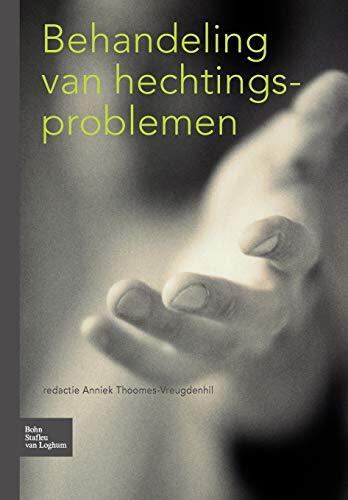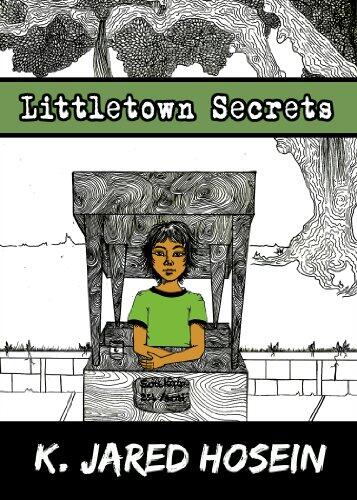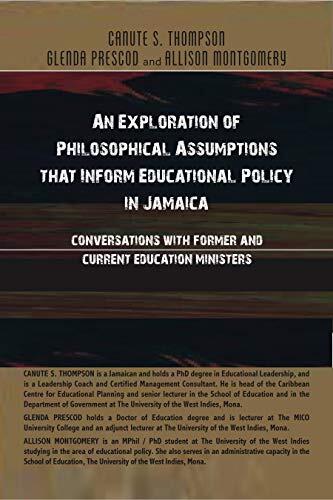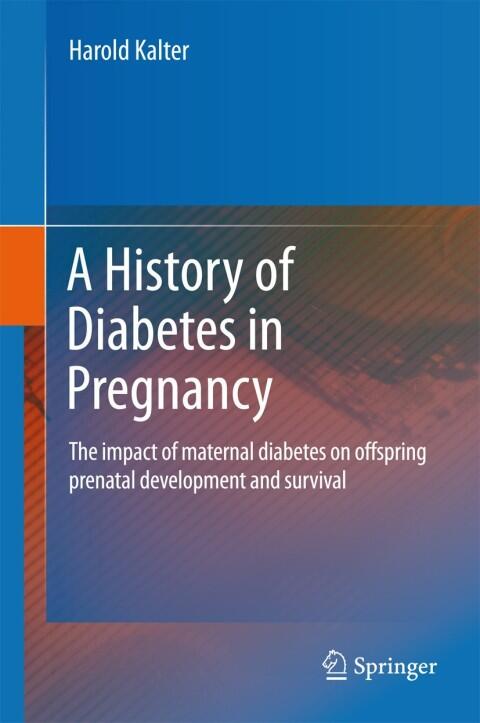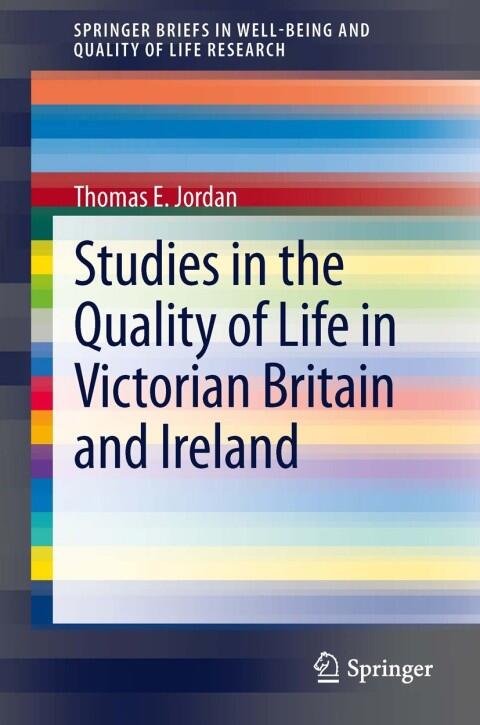
Studies in the Quality of Life in Victorian Britain and Ireland
بواسطة
Thomas E. Jordan
لا توجد تقييمات بعد
Children’s
Religion & Spirituality
Health & Wellness
تنسيق
كيندل
صفحات
103
لغة
الإنجليزية
منشور
Jan 1, 2013
الناشر
Springer
الطبعة
2013
رقم ISBN-10
9400761228
رقم ISBN-13
9789400761223
الوصف
Thomas E. Jordan delves into the poignant subject of child mortality in Victorian Britain and Ireland, offering a critical examination of societal conditions that influenced the lives of the youngest members of society. Through meticulous research, he uncovers the stark realities that families faced, revealing how societal progress and industrialization intersected with widespread challenges in health and quality of life.
The narrative captures the emotional weight of bereavement, exploring how widespread mortality shaped community dynamics and individual experiences. Jordan highlights the contrasts between urban and rural life, drawing on historical data to illustrate the varying impacts of socioeconomic factors on child survival rates. His insights shed light on the invisible struggles of families trying to navigate a world where loss was all too common.
In addition to statistical analysis, the work reflects on the cultural and emotional ramifications of childhood loss during this tumultuous period. Jordan invites readers to consider not just the numbers, but the lived experiences and heartbreak of the families affected.
This exploration serves as a poignant reminder of the fragility of life and the enduring hope that has driven the quest for improvement in public health and social conditions. Through his nuanced approach, Jordan contributes to a deeper understanding of how the experiences of the past continue to resonate in contemporary discussions about quality of life.
The narrative captures the emotional weight of bereavement, exploring how widespread mortality shaped community dynamics and individual experiences. Jordan highlights the contrasts between urban and rural life, drawing on historical data to illustrate the varying impacts of socioeconomic factors on child survival rates. His insights shed light on the invisible struggles of families trying to navigate a world where loss was all too common.
In addition to statistical analysis, the work reflects on the cultural and emotional ramifications of childhood loss during this tumultuous period. Jordan invites readers to consider not just the numbers, but the lived experiences and heartbreak of the families affected.
This exploration serves as a poignant reminder of the fragility of life and the enduring hope that has driven the quest for improvement in public health and social conditions. Through his nuanced approach, Jordan contributes to a deeper understanding of how the experiences of the past continue to resonate in contemporary discussions about quality of life.

